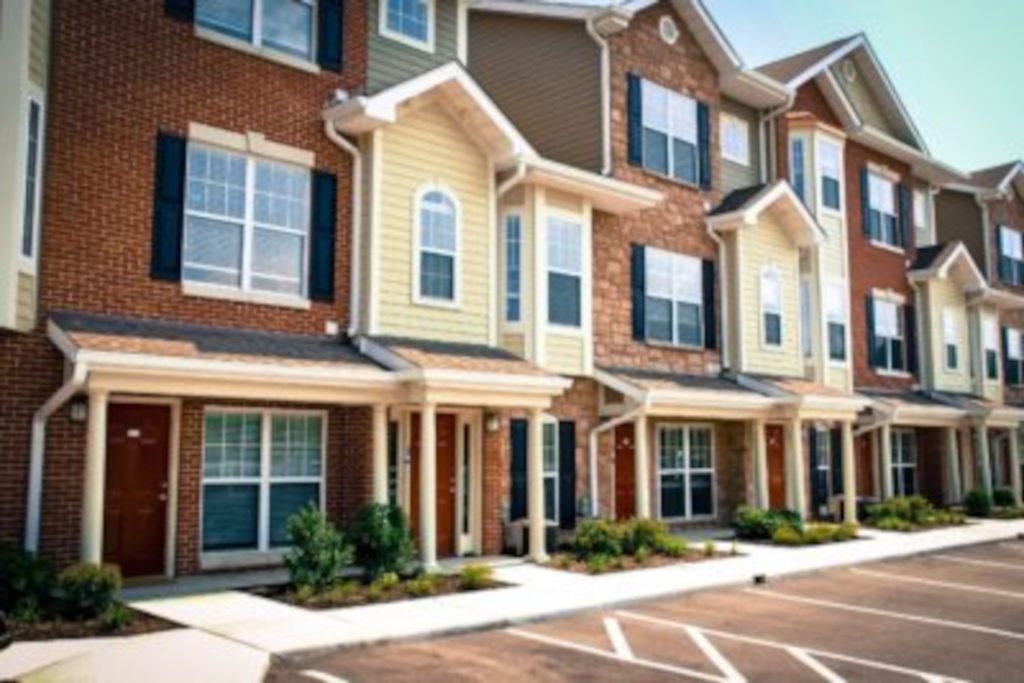Recap of Part 1
This article is Part II of a four part series. Part I was meant to inform the Board of a Condominium or Homeowners Association of some basic steps that should be taken when significant latent construction defects are discovered. This article will discuss the retention of the lead expert witness and providing the statutorily required notice of defect claim. Part I stressed that an attorney should be retained shortly after latent construction defects are discovered and that only emergency repairs should be made without first consulting an experienced attorney.
Evaluation of the Claim
Once the attorney is retained, he or she will request information necessary to determine whether there is a valid claim and whether the responsible parties are still in operation. The attorney will also determine some of the liable parties and will try and determine whether the liable parties are viable companies able to satisfy a damages judgment. Even if the Board knows the builder or a relevant subcontractor is out of business, it is still important to retain an attorney to help evaluate the claims. As will be discussed later in this article, there may be insurance coverage.
Retention of Lead Expert Witness
One of the most important aspects of a construction defects claim is the retention of the lead expert witness. The type and extent of damages will govern the number and type of expert witnesses retained. Depending on the types of defects and the issues raised in the dispute, the Board may need to retain an engineer, an architect, a general contractor, an accountant, an economist or other experts. However, the lead expert will often be an engineer or a general contractor. The Board should rely upon the advice of their attorney in selecting the expert(s). The expert will not only be responsible for identifying the source of the damage but will also be responsible for communicating the nature of the construction defects to the Judge, jury or arbitrator. Obviously, the expert will not only need to be well credentialed but will also need to be an effective communicator. With the increased use of technology in the courtroom, it may be helpful if the lead expert is proficient in the use of technology in effectively communicating the nature of the defects and resulting damage. The lead expert selected will likely prepare a written report containing the findings and explaining the nature of the construction defects.
Statutory Notice Requirement
Pursuant to Chapter 558, Florida Statutes, the parties responsible for a construction defect must receive written notice of the defect (“Notice of Claim”) and be given an opportunity to cure the defect before litigation or arbitration is initiated. [1] The attorney retained by the Board will navigate the Notice of Claim process and ensure the defects are identified with the specificity required by Chapter 558. The recipient of the Notice of Claim has 75 days (in matters involving an association with more than 20 parcels) to make an offer to resolve the defects. The recipient of the Notice of Claim has no obligation to make such an offer and, truth be told, the defect is almost never resolved at this stage of the process.
Conclusion
Part II of this article is meant to provide some very basic information about the retention of an expert witness and the Notice of Claim. Parts III and IV of this article will discuss arbitration/litigation, insurance coverage, quantifying damages, and mediation.
[1] If there are contractual warranty claims those rights are determined by the specific language of the contract. If the defects are significant, an attorney and an expert will still be necessary to ensure compliance with the warranty and to ensure that any repairs proposed are sufficient. It is not uncommon to serve a Notice of Claim at the same time the Board makes a claim on the warranty.

